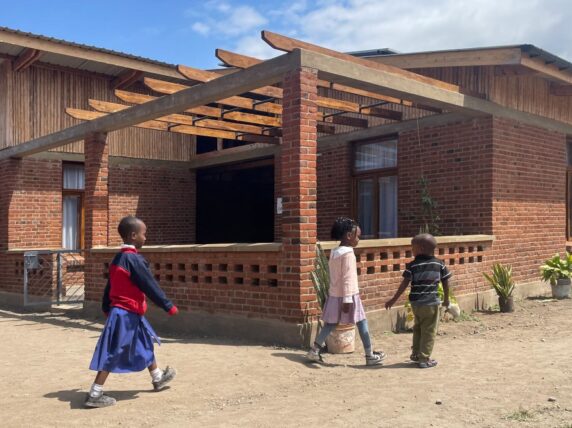Global Disability Summit: what’s changed a year on?
It is a year since the Global Disability Summit hosted by the UK, Kenya and the International Disability Alliance. The summit drew much-needed attention to disability inclusion – but a year on, what has changed and what hasn’t?
Strategies put in place
A couple of key strategies have been put in place, which play a crucial role in embedding disability inclusion and moving from words to action.
The Department for International Development (DFID) introduced a Disability Strategy in December. The strategy recognises that “business as usual” will not achieve the change needed. It commits to systematically embedding disability inclusion and includes a set of “minimum standards” that all DFID country offices and teams will be expected to meet by the end of the year.
At a global-level, UN Secretary-General, António Guterres, launched the first UN Disability Strategy in June. The strategy outlines the UN’s commitment to disability-inclusive development and is accompanied by a clear accountability framework to guide all UN entities and country teams and monitor progress. Given the scale of the UN’s work, this strategy is potentially transformative, if properly resourced and implemented
Shifts are also happening at a national level. For example, after many years of advocacy by civil society, this year the Nigeria Disability Act was signed into law – a commitment made by the government of Nigeria at the summit.
More organisations are taking notice
The day of the summit generated interest and excitement from those working in development. There is a risk when high profile events are over that people go back to their day jobs and change does not happen. But since the summit, we’ve seen much more interest from mainstream civil society organisations who want to make their work inclusive.
Subscribe to our newsletter
Our weekly email newsletter, Network News, is an indispensable weekly digest of the latest updates on funding, jobs, resources, news and learning opportunities in the international development sector.
Get Network NewsFor too long there has been a perception that disability inclusion is something that should be done by specialist organisations. There is an important place for specialist and technical knowledge, but disability organisations will not be able to achieve inclusion alone.
The conversation is shifting from why to how
Those of us who work in disability inclusion have often found ourselves justifying why someone should include people with disabilities in their work. This is slowly changing.
We are having more conversations about how to achieve disability inclusion in practice. Years of under investment in disability inclusion means that there isn’t always compelling evidence on what works (although there is often more than people think) – particularly at scale. So organisations need to be willing to work with the evidence that is there, test what works and document and share it for others to learn from.
A year is not a long time
Progress has been made, but if we take off the pressure now, then very little will actually change in the lives of people with disabilities by 2030. The case for inclusion should now have been well and truly made, but we all need to work together to keep pushing to make sure it becomes a reality.
Join in the conversation about disability and development by getting involved with our Disability and Development Group.
Category
News & ViewsThemes
Disability and Inclusion



